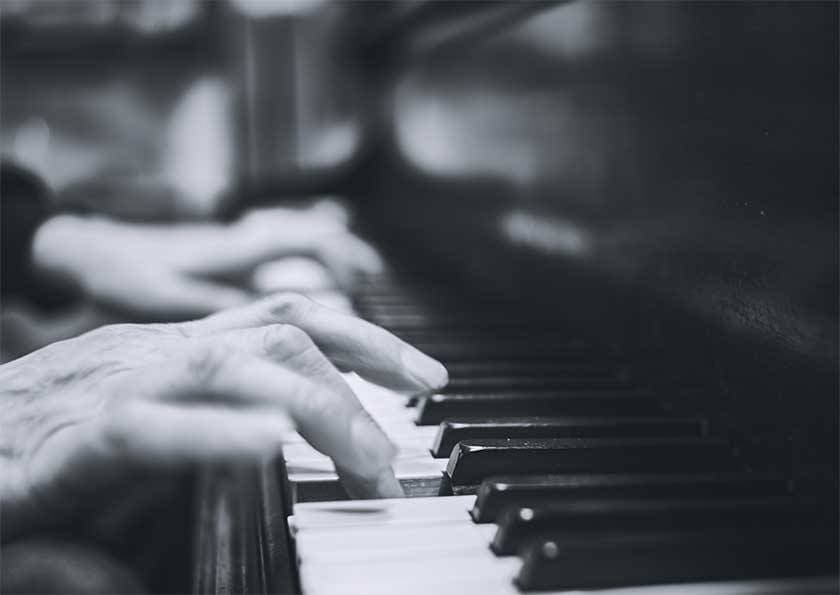
The piano has been beloved for centuries.
It has given rise to countless masterpieces and it’s no exaggeration to say that the piano’s existence has played a pivotal role in the development of music as we know it today.
Despite its large size, many people have likely encountered or played a piano at school or elsewhere.
This time, I’ll dive into the history and structure of the piano.
By the end of this article, you might see the piano in an entirely new light.
Let’s get started!
■ What is a Piano?
The piano is a type of keyboard instrument that produces sound by striking strings with hammers.
‘Piano’ is actually an abbreviation of its full name, ‘clavicembalo col piano e forte’.
Its internal mechanism is highly intricate, showcasing the remarkable craftsmanship of early artisans.
The mechanism works by pressing a key, which triggers a hammer to strike a corresponding string and produce sound.
This design allows for nuanced expression of dynamics (velocity).
Since it uses hammers to strike strings, it is classified as a struck string instrument, combining features of both percussion and string instruments.
A standard piano typically has 88 keys, enabling it to produce sounds ranging from the deepest bass to the highest treble.
This wide range makes it one of the instruments with the broadest tonal spectrum, indispensable in both classical and contemporary music.
Thanks to its versatility, the piano is widely used not only for performances but also in music education, research, and composition.
In fact, the piano is considered so essential in education that it’s required for exams like those for childcare or elementary school teaching licenses in Japan.
You’ve probably heard the saying, “Learning piano from a young age makes you smarter,” haven’t you?
■ The History of the Piano
The modern piano’s prototype was created by Italian instrument maker Bartolomeo Cristofori di Francesco.
With over 300 years of history, pianos were already in existence by around 1700.
Cristofori was motivated to develop the piano because he was dissatisfied with the limited expressive capabilities of the harpsichord.
The mechanism Cristofori invented is still applied in modern pianos today—a truly groundbreaking innovation.
The piano’s full name, clavicembalo col piano e forte, literally means “a harpsichord capable of both soft and loud.”
By the late 18th century, Vienna became a hub for piano manufacturing. At the time, pianos featured:
- Wooden frames with two strings per note and leather-covered hammers
- Reverse-colored keys (black for the naturals and white for the sharps)
These unique designs contributed to the evolution of the piano.
From 1790 to 1860, the piano underwent significant advancements, transforming into the modern piano we know today.
One major factor in this evolution was the Industrial Revolution, which improved casting technologies.
This allowed for the creation of sturdy iron frames, or ‘plates’.
The design also evolved into the familiar grand piano shape.
By the late 19th century, the piano had reached its nearly final form.
Since then, it has seen gradual refinements, resulting in the modern piano.
■ The Influence of Johann Sebastian Bach, the Father of Music
Known as the ‘Father of Music’, Johann Sebastian Bach is a name many will recognize from music classes.
- Air on the G String
- Jesu, Joy of Man’s Desiring
- Toccata and Fugue in D Minor
- Minuet
- The Well-Tempered Clavier
Bach composed a vast array of works, including these pieces. His contributions spanned numerous genres, covering nearly every type of music except opera.
The theories and musical ideas Bach introduced remain relevant and influential today, inspiring everything from pop to jazz.
Even in an era when musical theory was far from established, Bach’s innovations have had a lasting impact on modern music.
What did you think? Hopefully, this article gave you a deeper appreciation for the rich history of the piano. Perhaps you’re even inspired to start playing! Let’s take a look at some recommended products available at Sound House!
PLAYTECH / PDP300BK Piano Set with Storage Bench
When starting piano, common challenges are finding space and managing costs.
This product addresses those issues!
Equipped with ivory-textured keys for a luxurious feel and a sleek, elegant design, this piano also includes:
Built-in 25W speakers, standard phone output, and two headphone jacks, making it suitable for everything from small concerts to nighttime practice sessions.
Built-in effects like reverb and chorus, allowing you to enjoy concert hall-like sounds.
With AUX OUT (L/Mono & R) ports, you can practice while playing along with music.
Plus, the USB (MIDI only) connection makes it compatible for use with digital audio workstations (DAWs).
The set even includes a bench, so you can start playing as soon as it arrives!
All this for under 50,000 yen—an incredible value.
I hope you’ve gained an appreciation for the piano, an instrument cherished across generations. Thank you for reading to the end!
References:
Yokohama Bashamichi Piano Salon(https://www.pfpf.jp/)
Wikipedia(https://ja.m.wikipedia.org/wiki/%E3%83%94%E3%82%A2%E3%83%8E)』
The “sound & person” column is made up of contributions from you.
For details about contributing, click here.





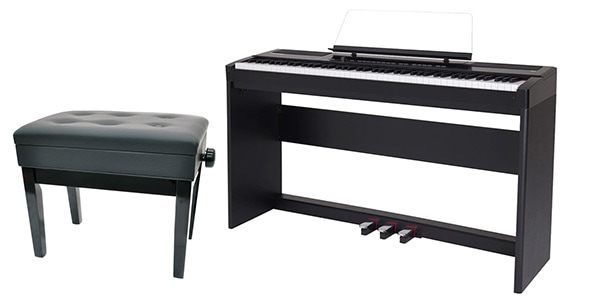


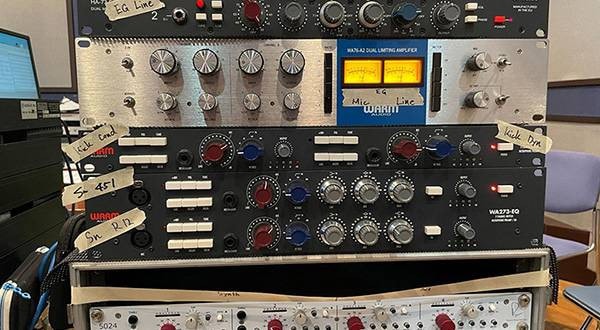
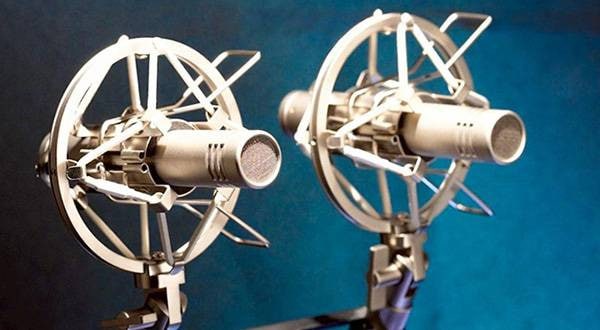
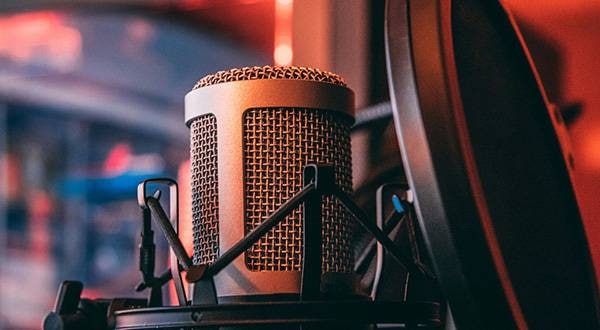
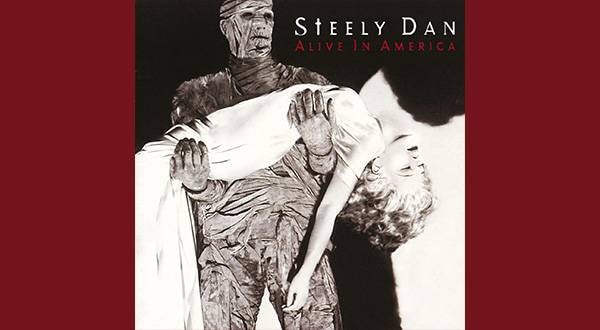
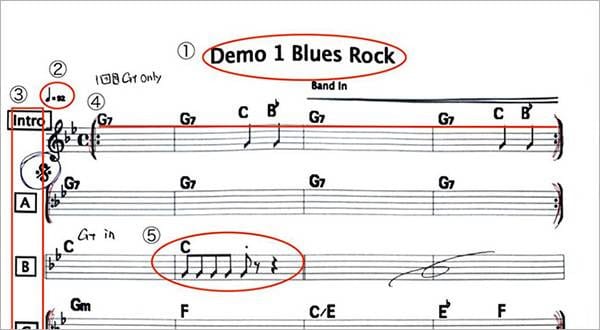
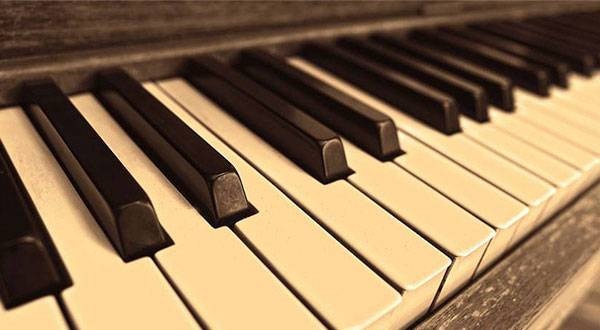
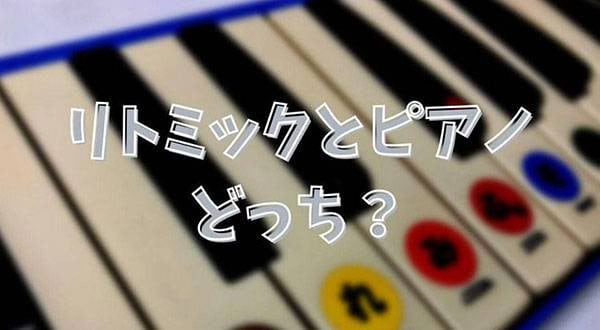
![[Recommended for Senior Citizens!] Easy Electric Pianos! 5 Great Choices for First Pianos](/contents/uploads/thumbs/2/2021/6/20210602_2_13036_1.jpg)
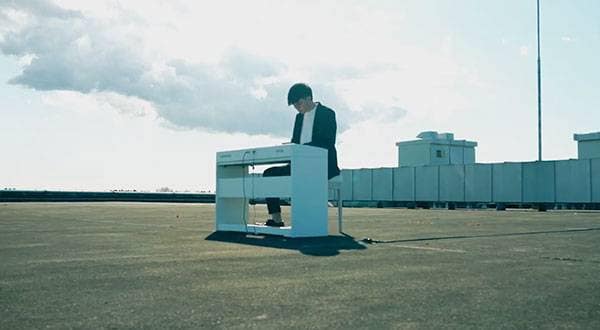


 Roland 電子ピアノデジタルピアノ購入ガイド
Roland 電子ピアノデジタルピアノ購入ガイド
 おすすめの電子ピアノ
おすすめの電子ピアノ
 自分にあったピアノを選ぼう!役立つピアノ用語集
自分にあったピアノを選ぼう!役立つピアノ用語集
 用途で選ぶ!鍵盤楽器の種類
用途で選ぶ!鍵盤楽器の種類
 ピアノ・キーボードの各部名称
ピアノ・キーボードの各部名称
 キーボード・ピアノ講座
キーボード・ピアノ講座















